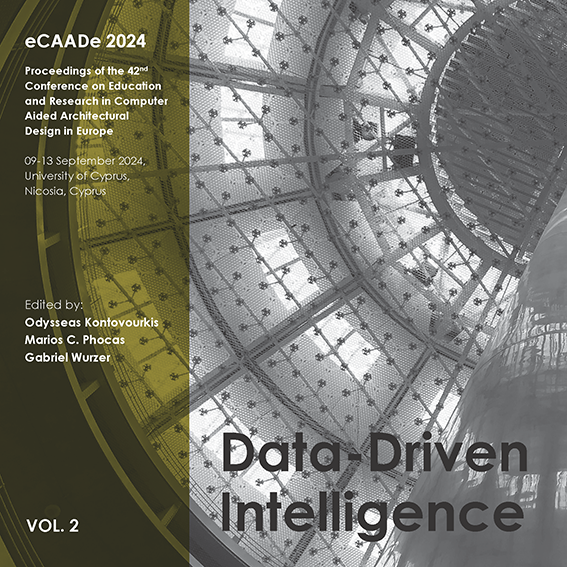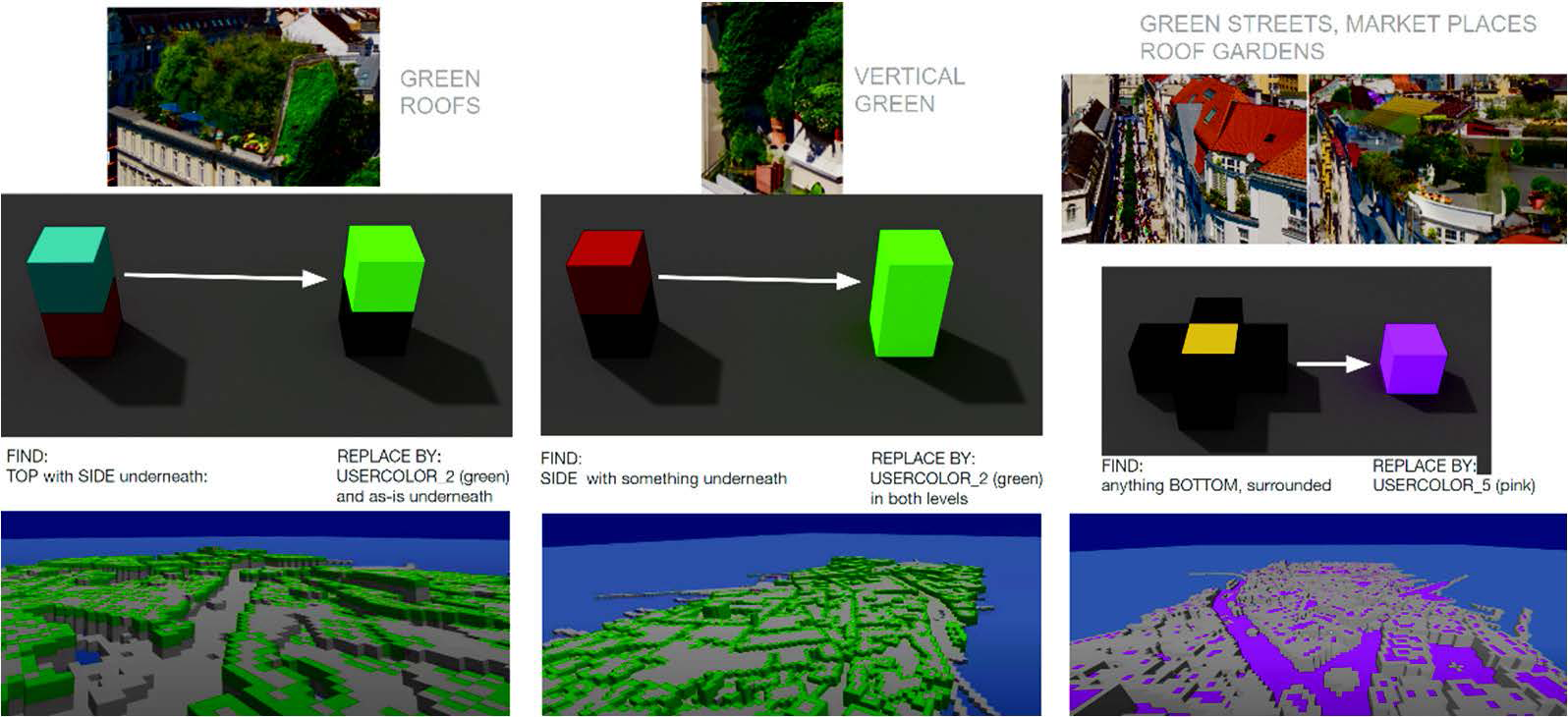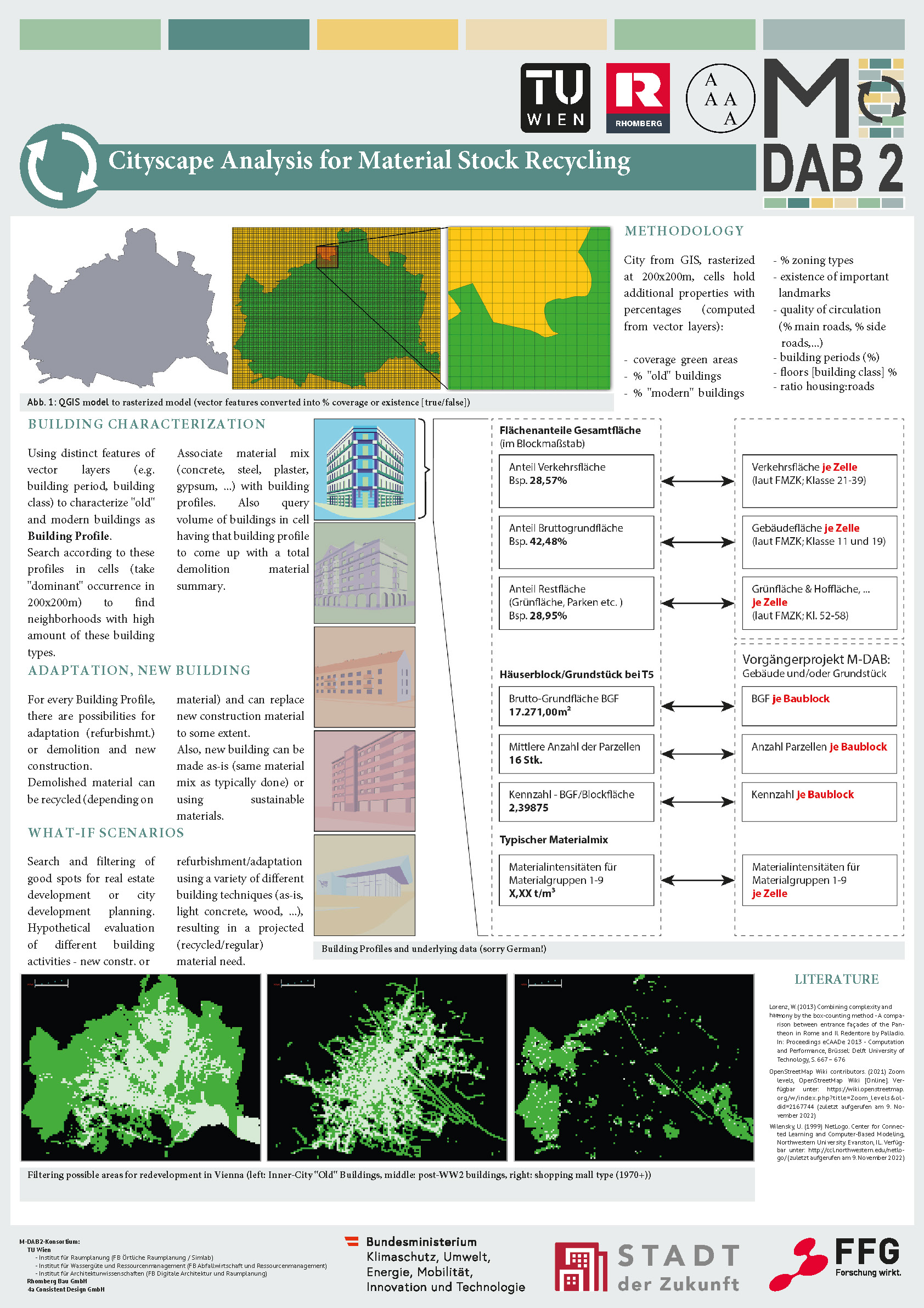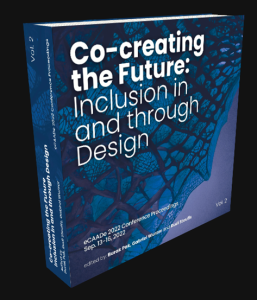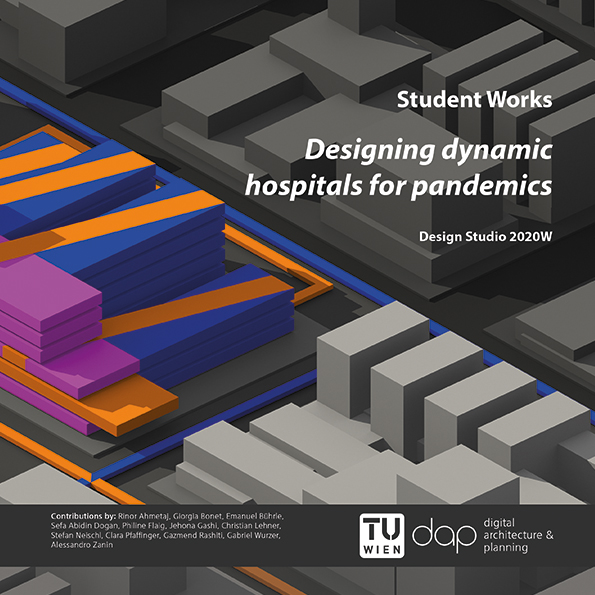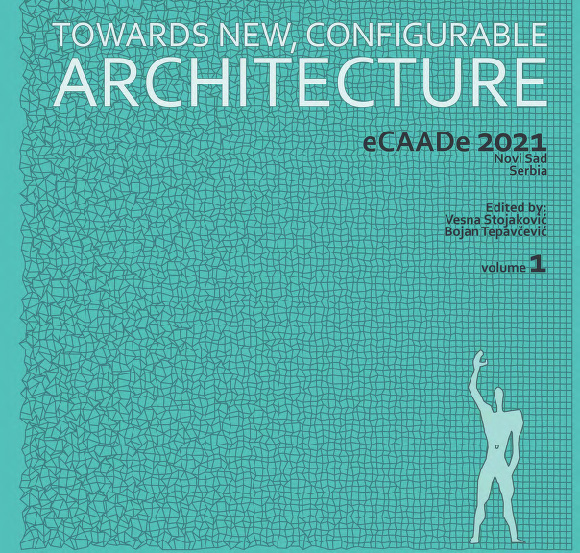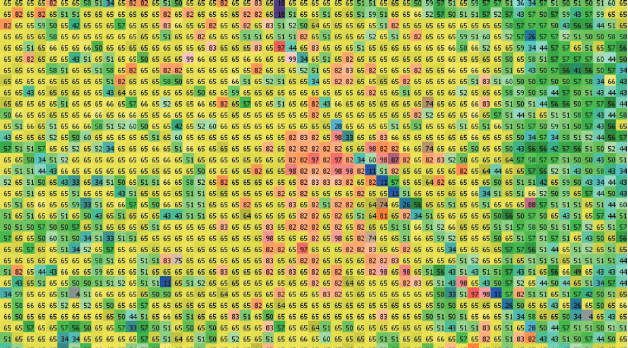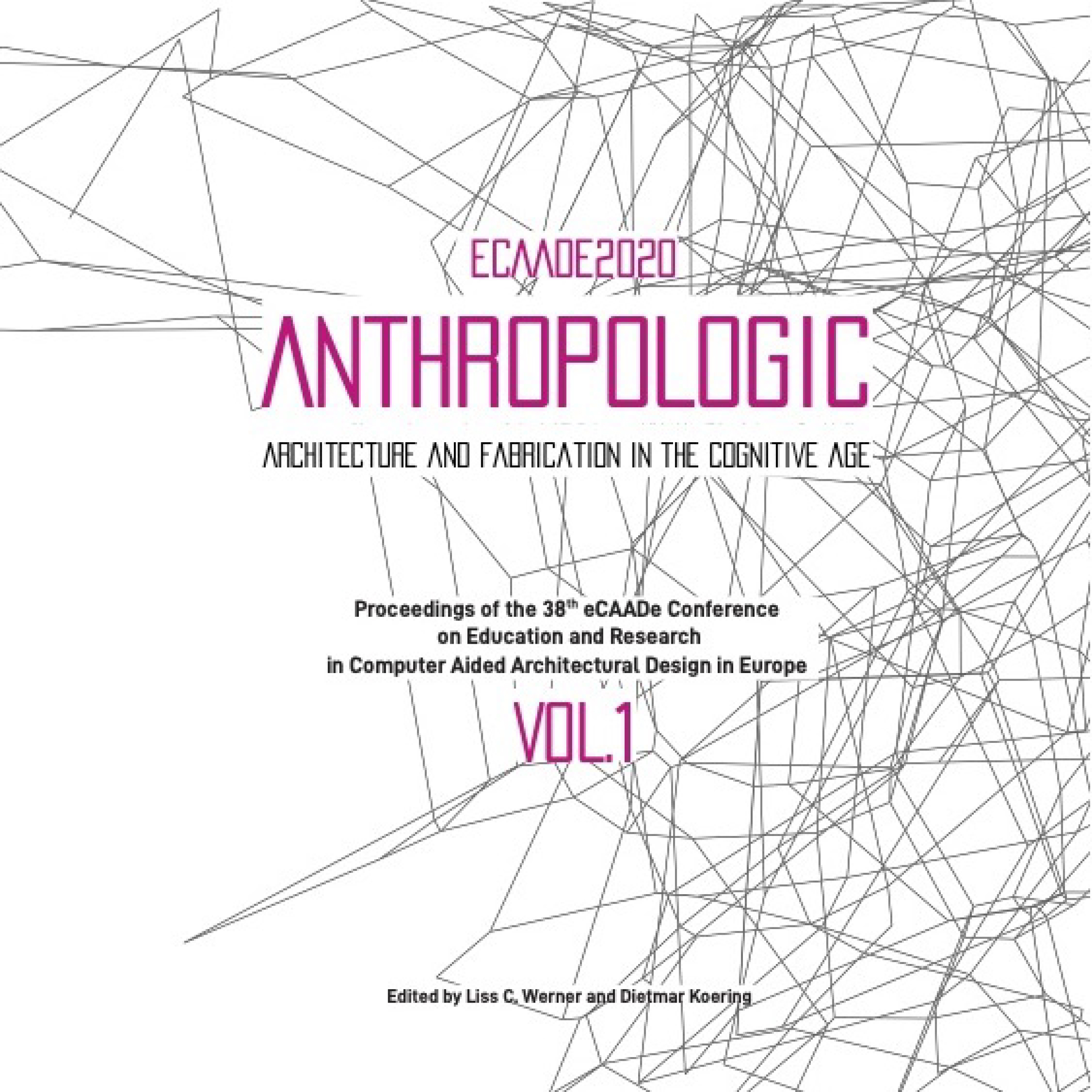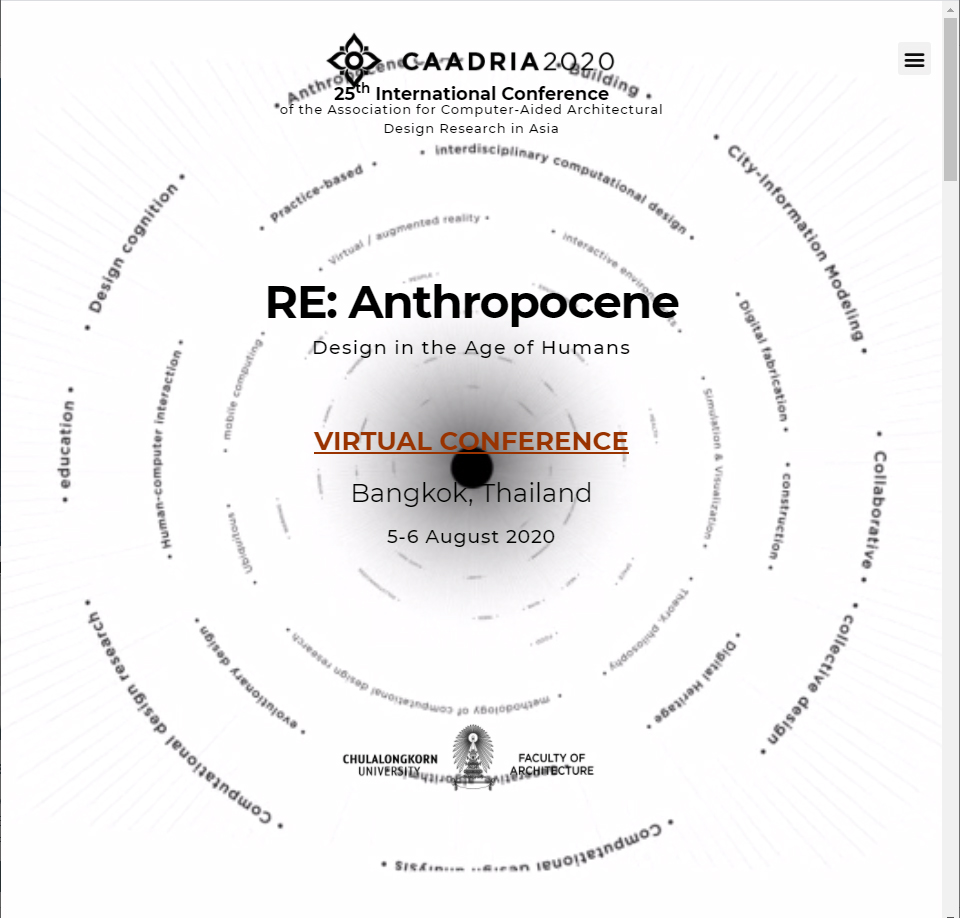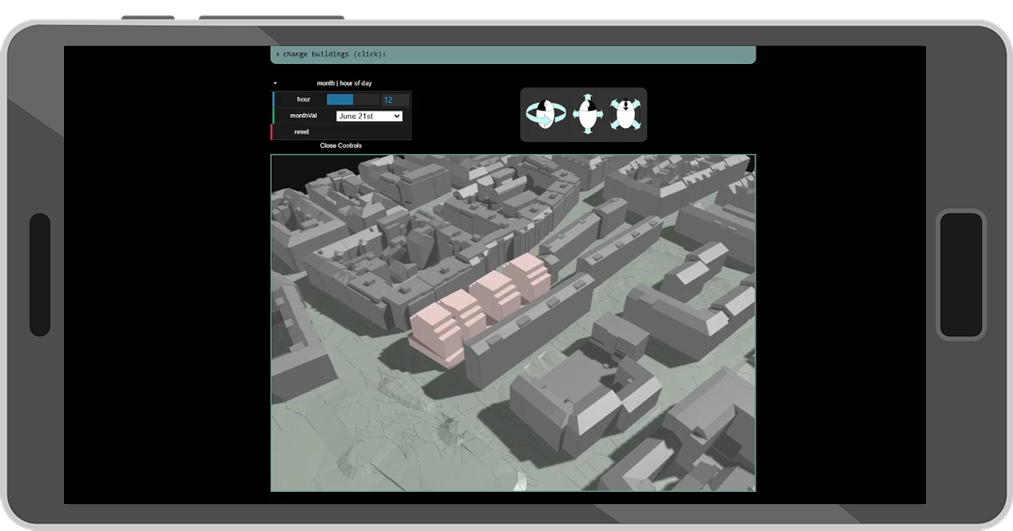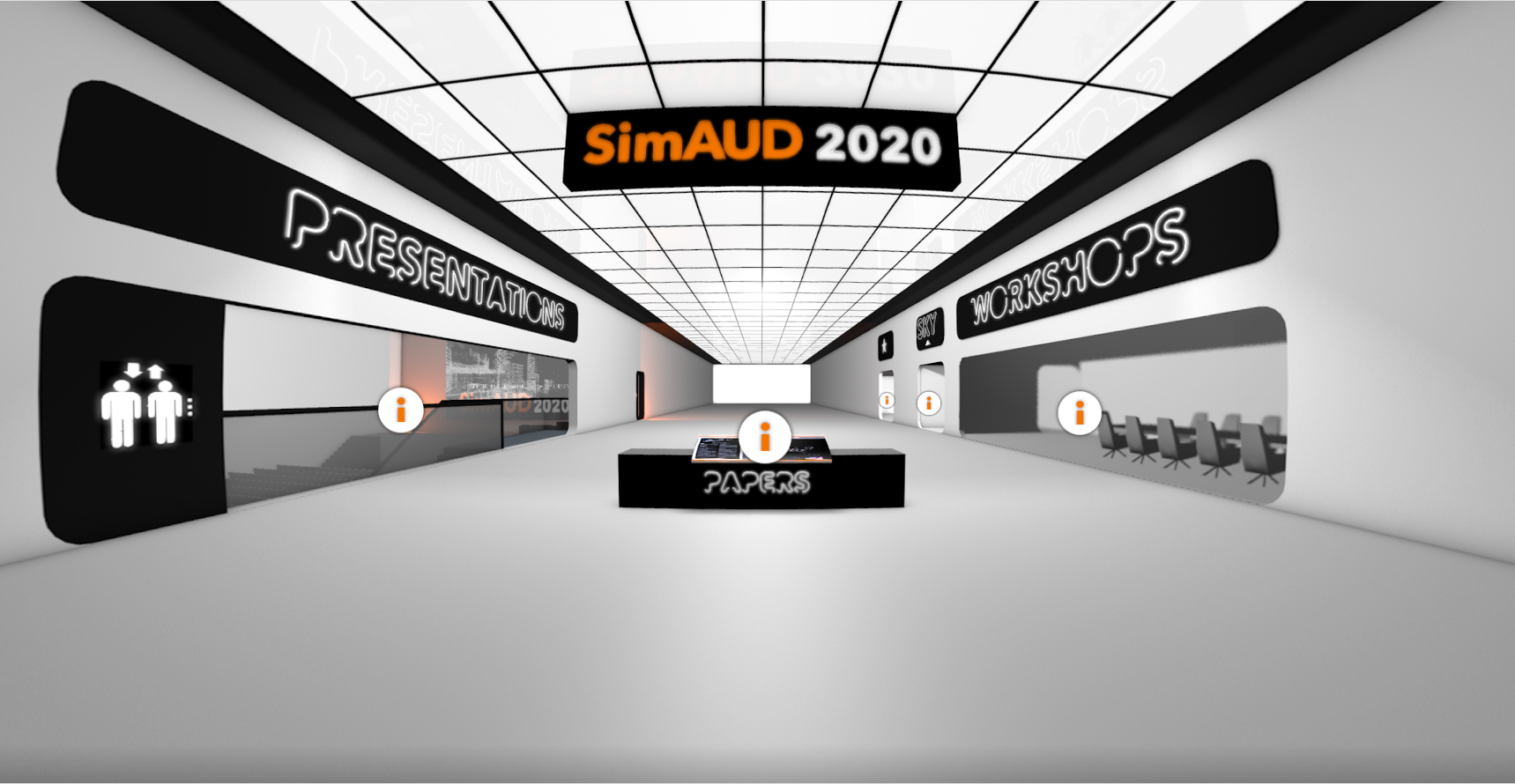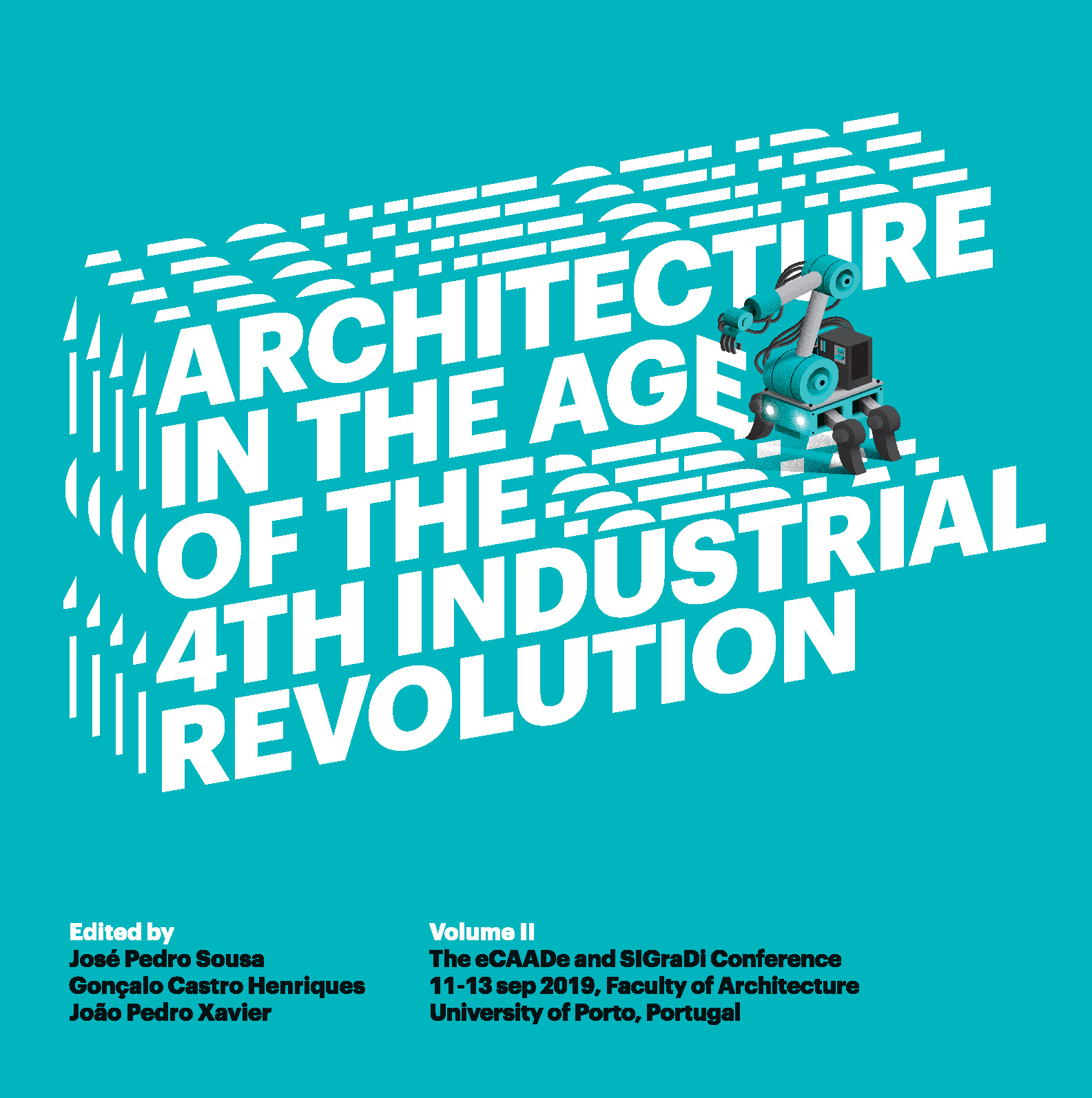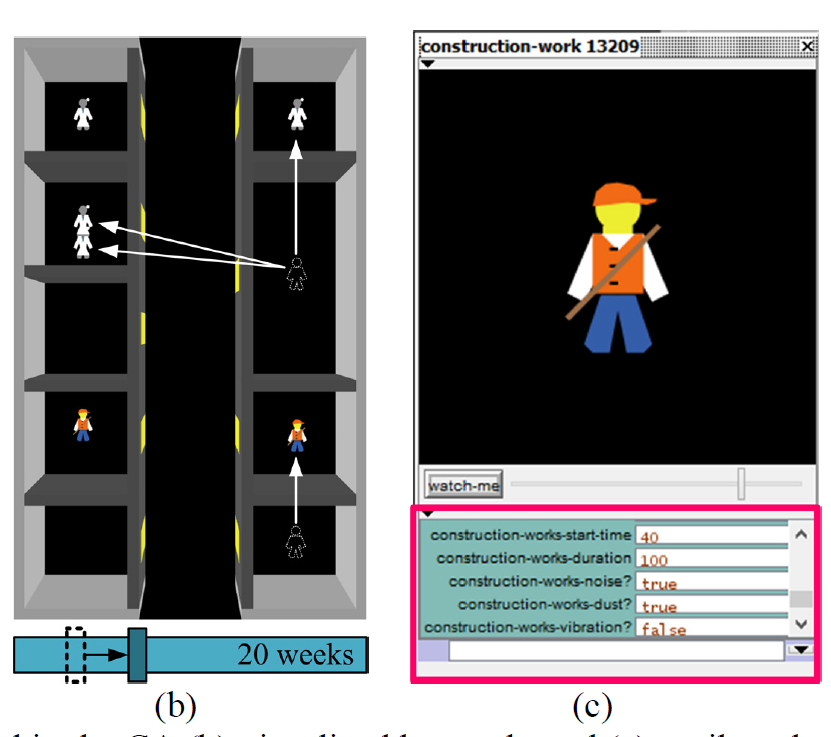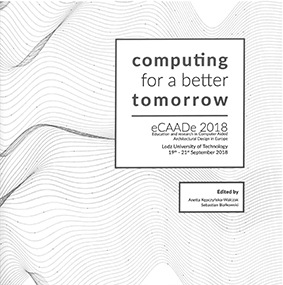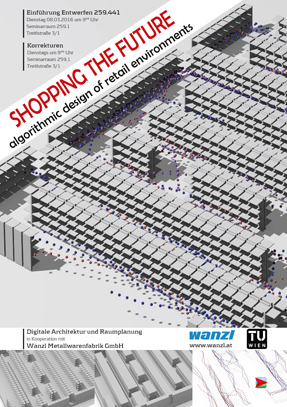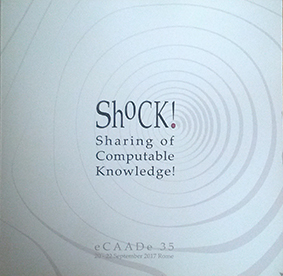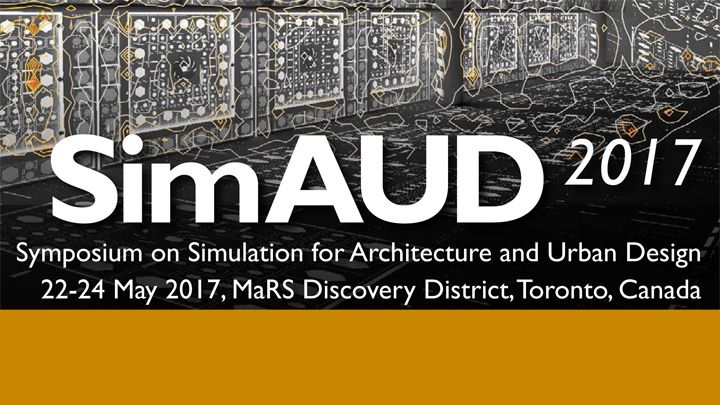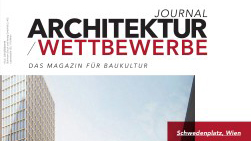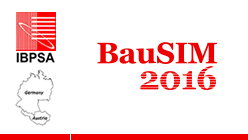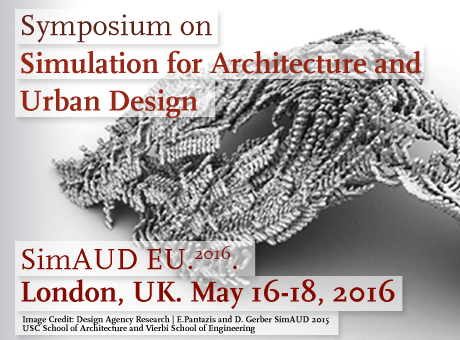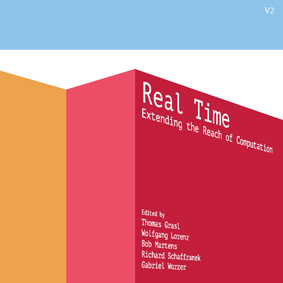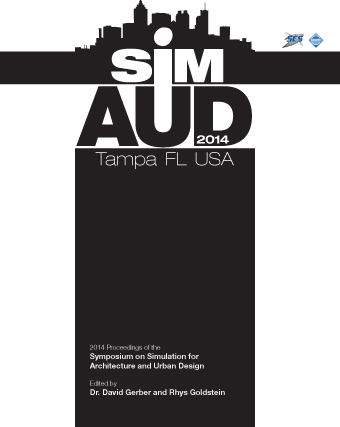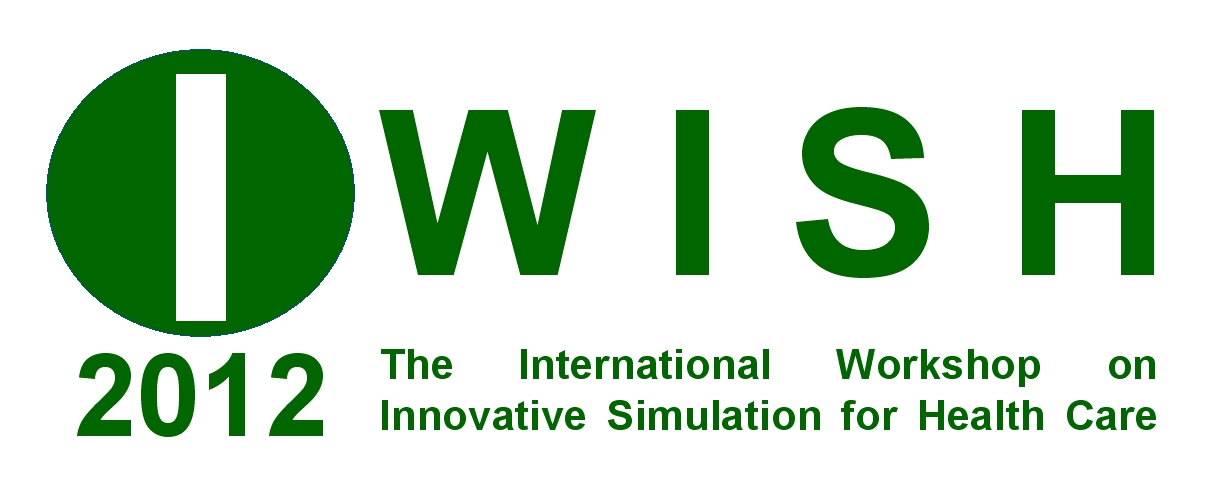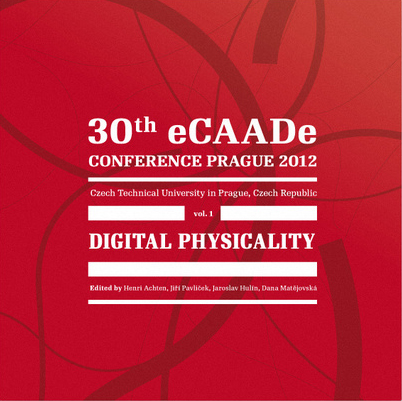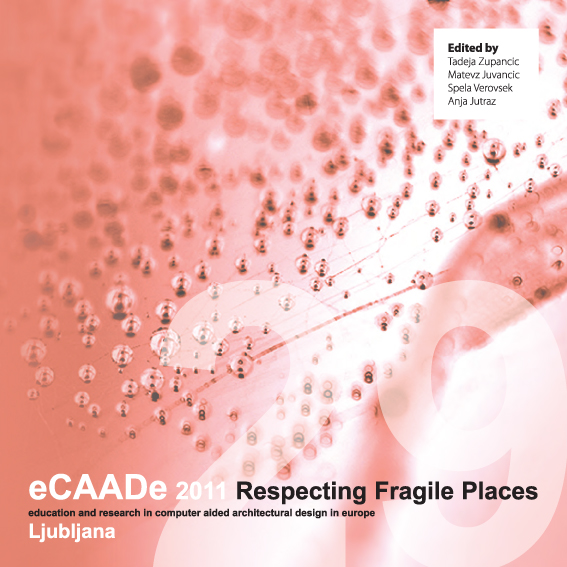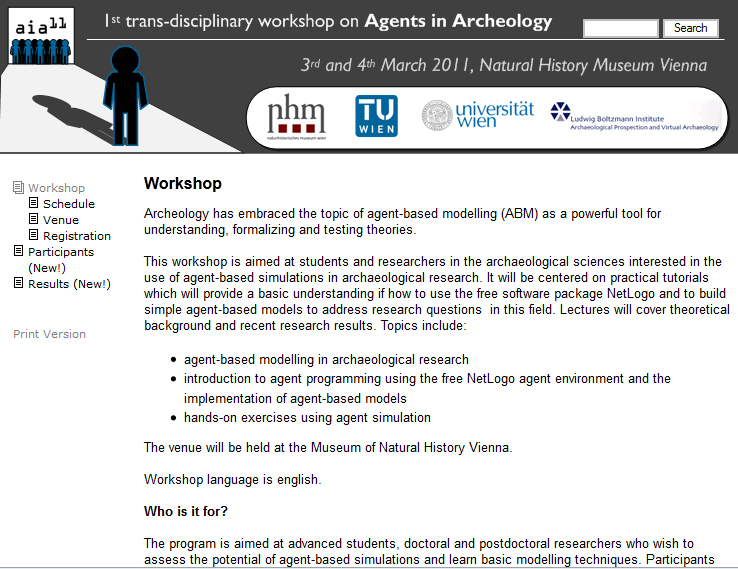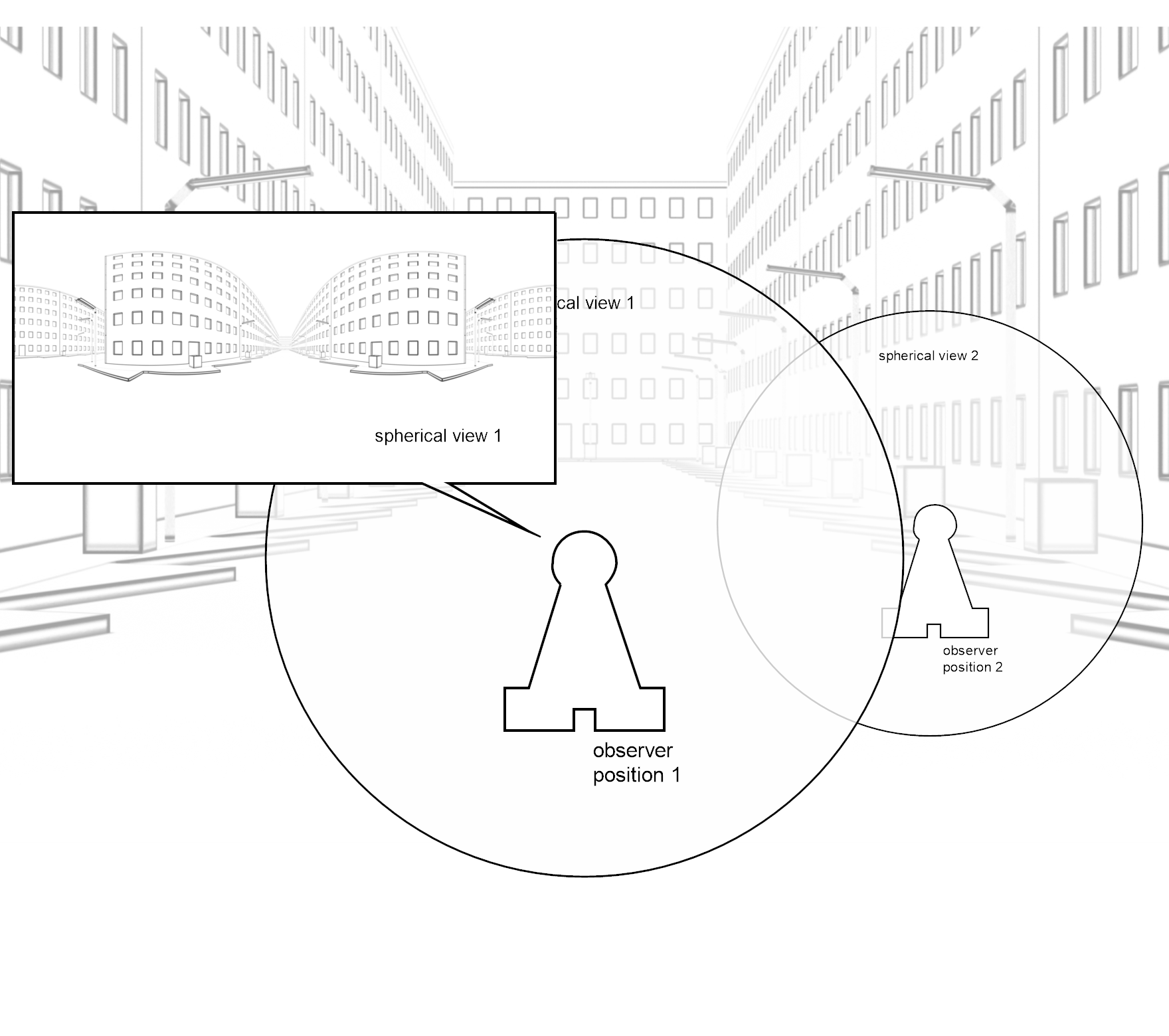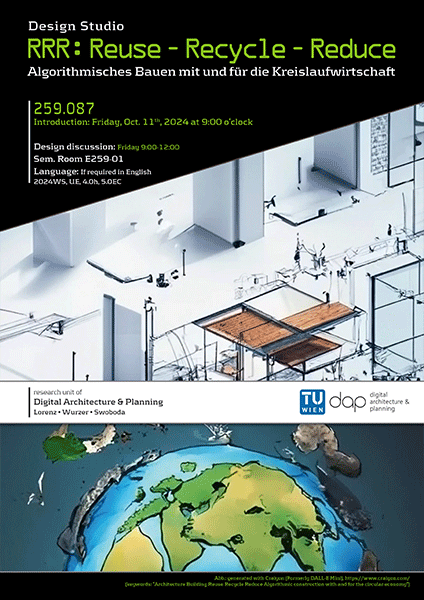Visualizing Urban Transformations using a 3D Cellular Automaton
Talk and Proceeding: 42nd eCAADe conference; Data-Driven Intelligence (Nicosia, Cyprus, 2024 | conference)
Gabriel Wurzer, Nirmala Maja Salkic and Wolfgang E. Lorenz
{wurzer|lorenz} (at) dap.tuwien.ac.at
www.dap.tuwien.ac.at/
Vienna; Austria
Keywords: Cellular Automata, Urban Transformation, Web Tool
Sept., 2024
Abstract.
Urban transformation is key to achieving more livable and sustainable cities. However, modelling this evolution is highly non-trivial since there are many factors at play that manifest themselves in the built (or: non-built/restored) environment. In our most recent work, we have represented urban change as rules of a three-dimensional Cellular Automaton. With these rules we represent a variety of retrofitting options - additive (e.g. densification through roof extensions, facade greening, installation of solar panels) or subtractive (e.g. soil descaling), that lead to urban change as an emergent outcome. The editing of rules is embedded into a web-based visualization which acts as a test-bed and platform we have used in a design studio setting and can thus report on our lessons learned in that context.

